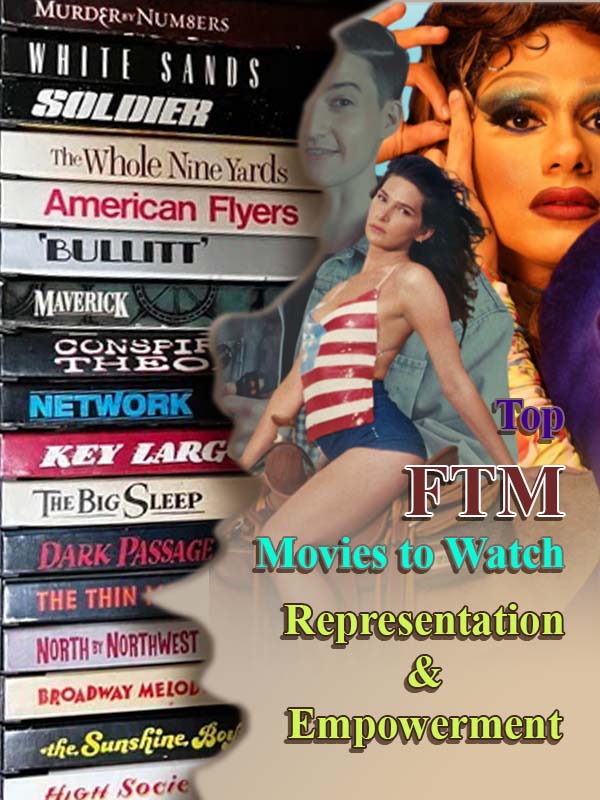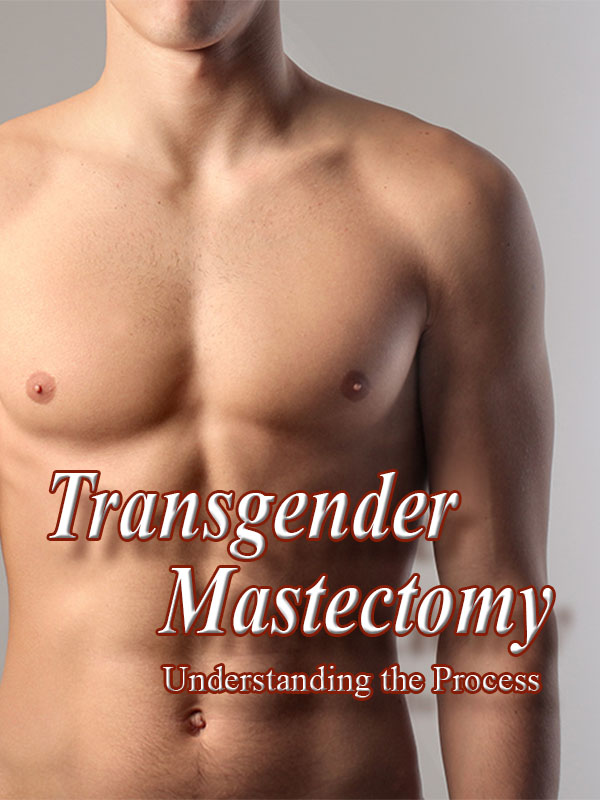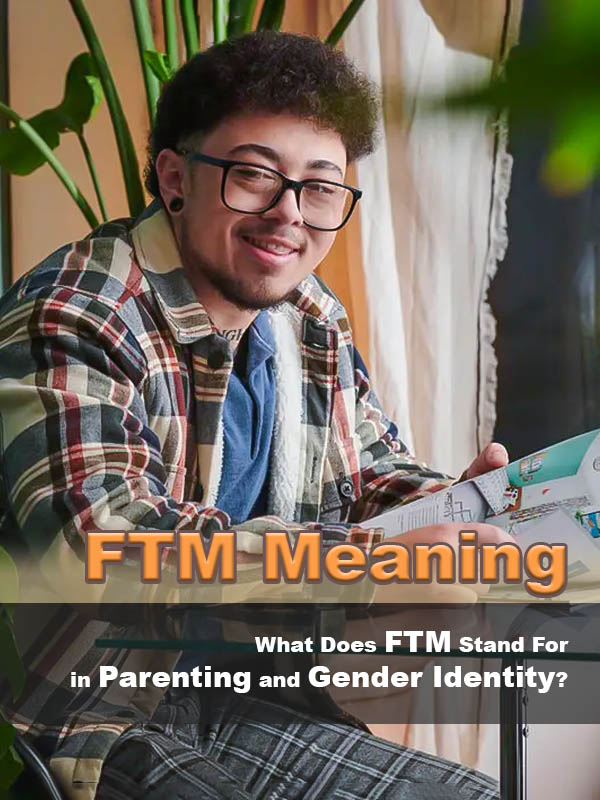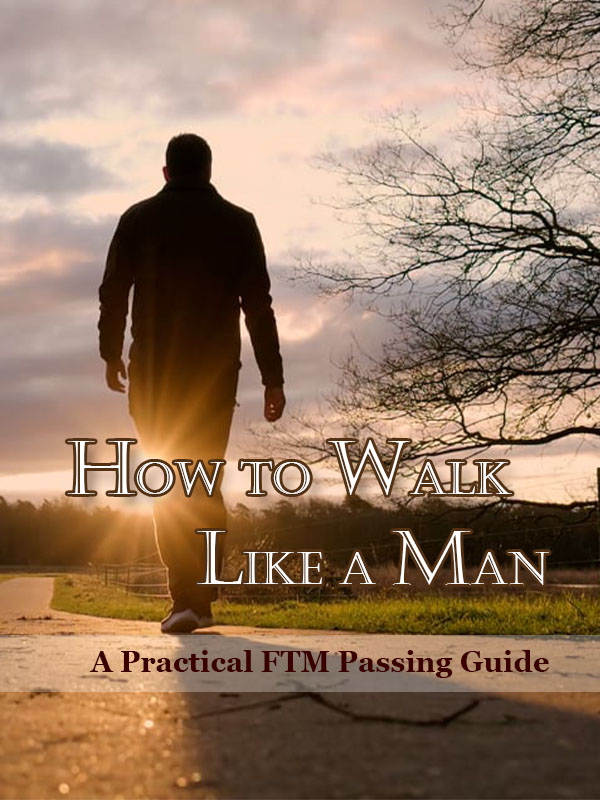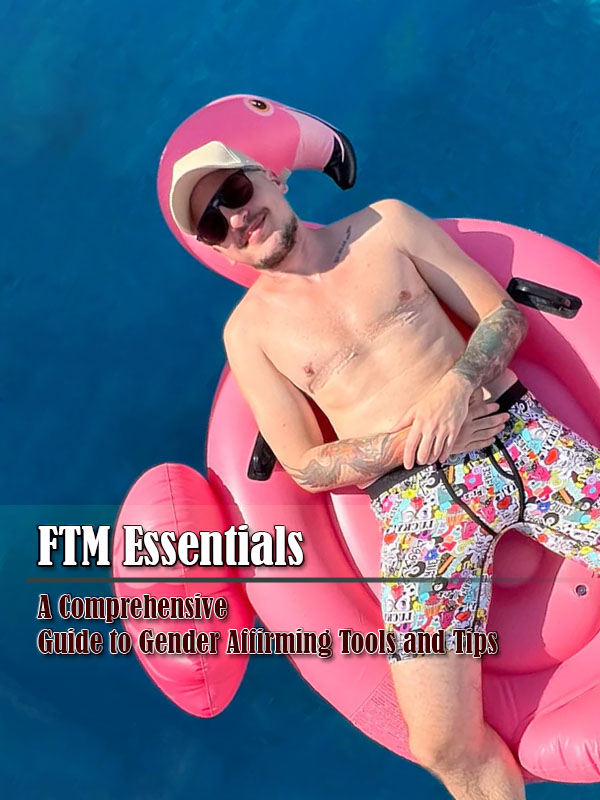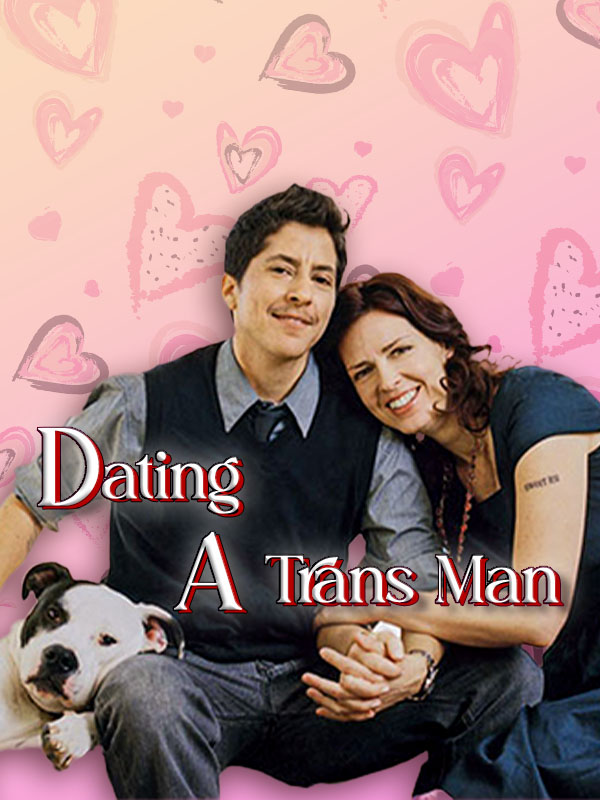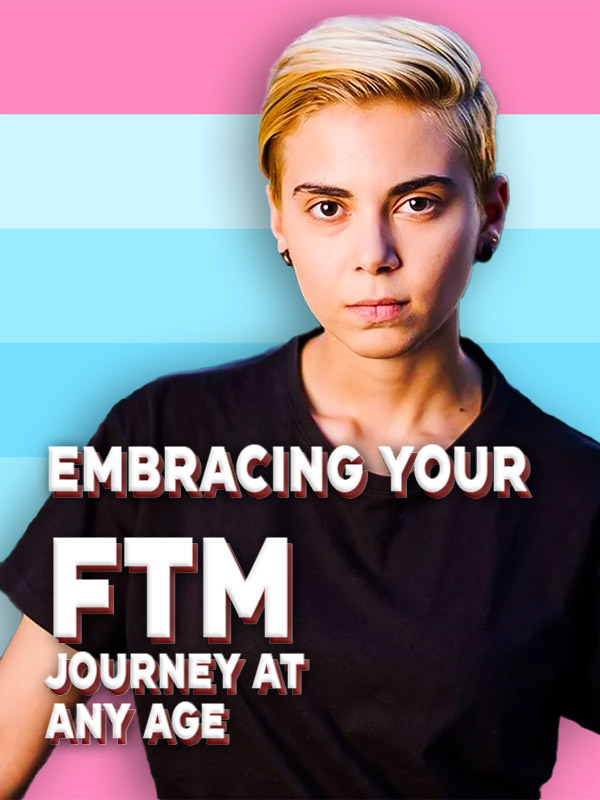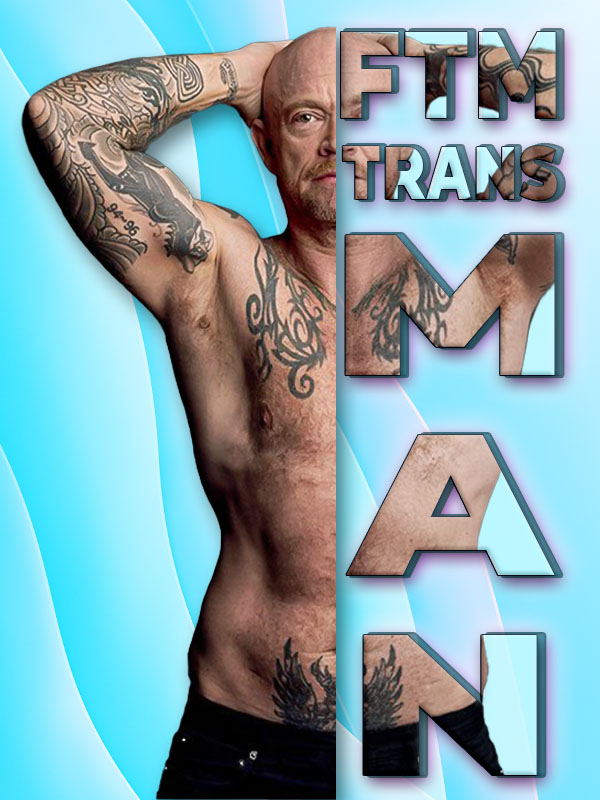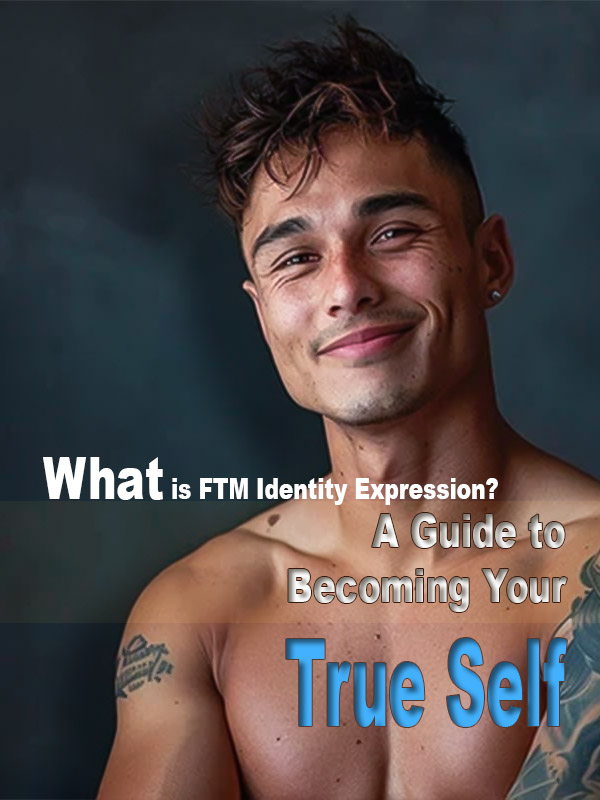Remarkable Trans Men Who Paved the Way for Change
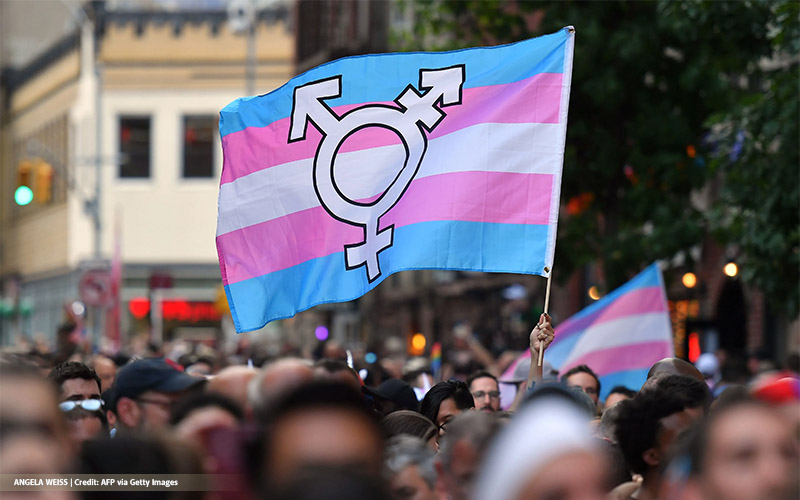
Can you imagine living in an era where you can’t express yourself freely? Yes, many risked their lives and careers to transition. Some of these transgender men, like Brandon Teena, were murdered. During those days, it was difficult to come out as gay. This is because they faced a lot of criticism from the public.
Even though their stories were often hidden or erased, the truth is that transgender men have long existed throughout history. In recent decades, transgender men have taken over the world by storm. Their visibility challenges outdated beliefs and creates space for others to live openly. History has seen them as powerful forces of change in medicine, sports, and the arts.
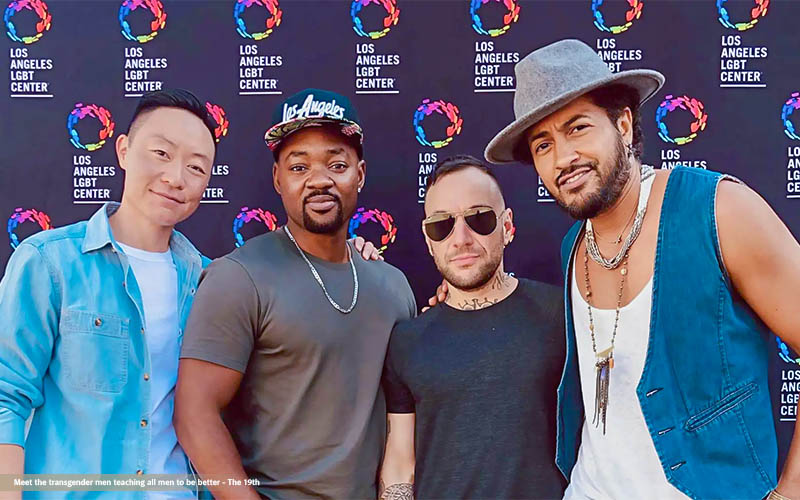
Today, their struggles serve as a reminder that trans men are not a modern invention. This article tells the stories of amazing transmen. These men didn’t just change their own lives. They paved the way for modern changes in medicine, the arts, and sports. We can be who we want because they fought for us.
1. Dr. Alan L. Hart (1890–1962)
Growing up, Alan always wanted to be associated with boys. He even wanted to have short hair and dress like a boy. In 1917, Dr Alan L.Hart became the first trans man to undergo hysterectomy and gonadectomy in the U.S. He later adopted a new name. This was at a time when the very concept of transgender was widely unknown.
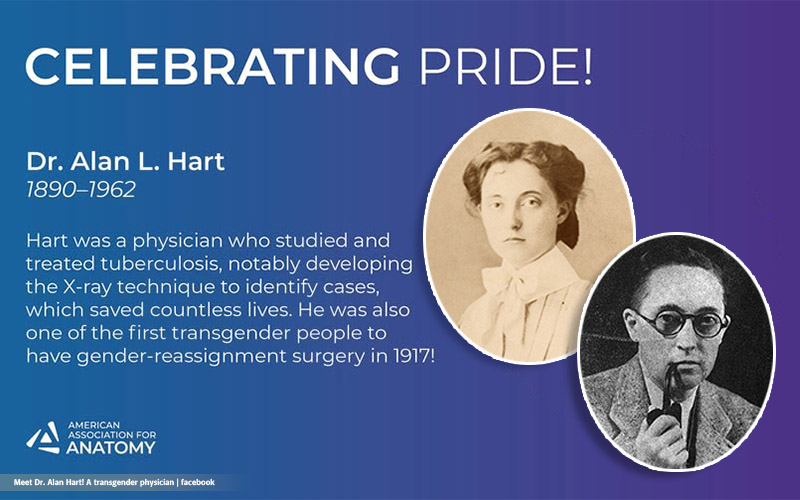
He was a doctor and a researcher. Hart is remembered in the medical field for his contribution to the fight against tuberculosis. He invented the use of X-rays in the diagnosis of Tuberculosis. His invention led to the early detection of tuberculosis.
He lived stealthily in public but left a lasting medical legacy. His methods were used for decades and saved countless lives. He was a husband, doctor, and researcher. His stories challenge the idea that trans people are defined by their journey.
2. Michael Dillon (1915–1962)
Born in England, Michael Dilluon was assigned female at birth but lived as a man from the 1940s. He is among the first trans men to undergo phalloplasty (1946). The procedure was done by Dr. Harold Gillies, a pioneer in plastic surgery.
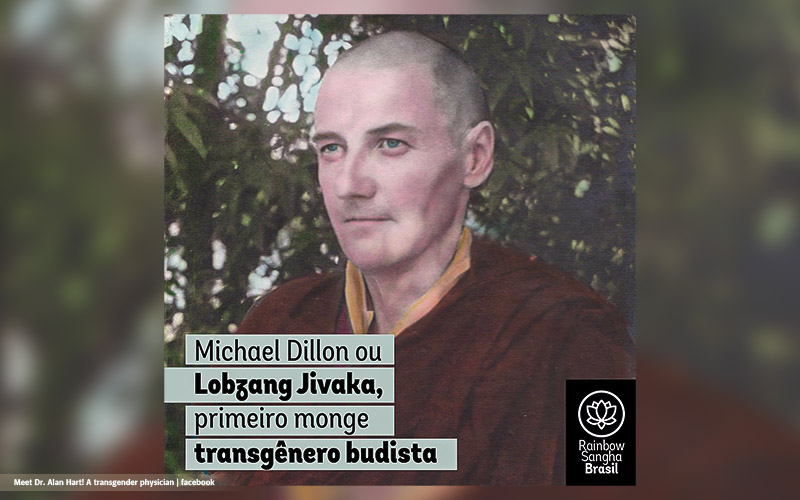
From an early age, he wrote various articles under a pseudo boy name. He is mainly remembered for writing Self: A Study in Ethics and Endocrinology (1946), a rare text on medical transition. His idea merges scientific theory with personal insight. In the book, he explores gender identity, hormonal treatments, and ethics.
Despite his personal hardship and social struggles to be accepted as a man. He continued advocating for medical support and recognition for transgender individuals. Later in life, Dillion sought spiritual meaning and moved to India to join a Buddhist monastery. His story reflects a deep search for both physical and spiritual alignment.
3. Lou Sullivan (1951–1991)
Lou Sullivan was a revolutionary gay transman. He grew up at a time when medical gatekeepers insisted that transmen must be heterosexual to access treatment. He came out openly as gay and transman. Lou fought for the recognition of gay trans men. He was able to distinguish between sex orientation and gender identity as we use them today.
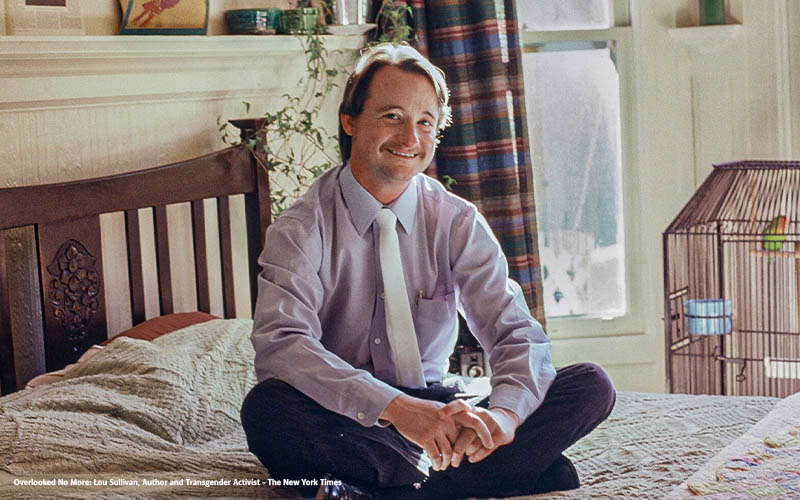
In the 1980s, Lou founded FTM International. This is the first support group for transmen. Through the group, Lou helped many trans men find access to helpful information and connect with one another. His diaries, now archived, provide intimate insight into the emotional and social realities of translife.
He advocated for changes in healthcare. Even as he battled Aids, Lou fought tirelessly to dismantle negative definitions of those who qualified for gender-affirming care. As he famously wrote,” I want to look like a man, love a man and be loved by a man.” This radical honesty changed the trajectory of trans healthcare.
4. Brandon Teena (1972–1993)
Brandon Teena’s life ended in a tragedy after he was raped and murdered. His death shook the nation. Born in Nebraska, Teena was abused as a child by his uncle. At a young age, he always dressed as a tomboy and dated a female student. In December 1993, he was raped and murdered after being outed as a transman.
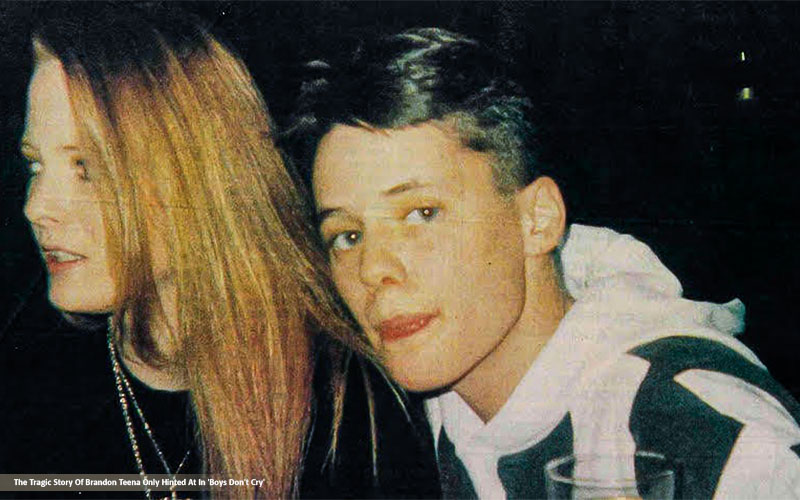
His death highlighted the failure of law enforcement. After he was raped, he reported the case. The officer in charge failed to take action, as he was more interested in his transgender status.
He failed to arrest the two suspects and told them that a rape case had been reported. His killers were arrested and sentenced to life imprisonment.
After his death, Kimberly Pierce directed an Oscar-winning bibliography film ‘Boys Don’t Cry’. This film gained popularity and documented what transgender people go through in society.
Brandon’s death became a turning point in conversations about transgender safety. His death pushed for the passage of the federal Hate Crime Prevention Act in the USA.
5. Stephen Whittle, OBE (b. 1955)
Steven Whittle was assigned female at birth before a sex change. Today, he is a British legal scholar and trans rights activist.
He came out as a transman in 1974 and began his hormonal treatment journey the following year. Whittle joined transmen communities where he was an active advocate for trans people.
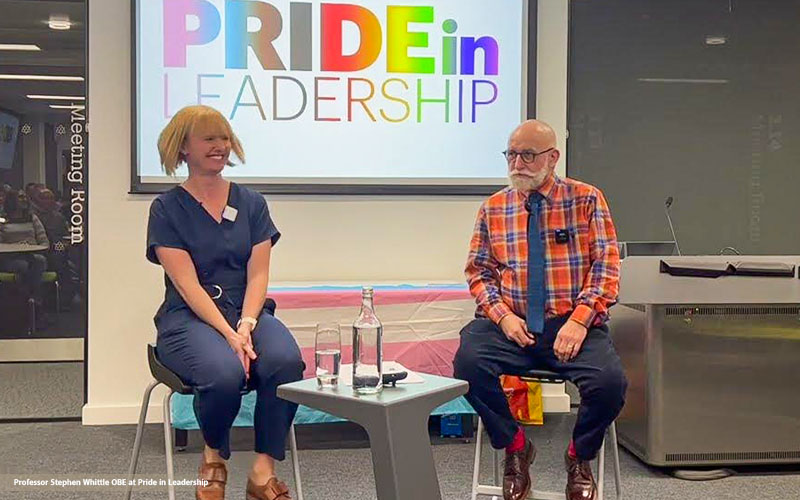
He is the Co-founder of Press for Change, instrumental in the UK gender recognition law. He was able to push for the Gender Recognition Act 2004, which enables trans people to legally change their gender in official documents.
As a law professor, he was able to advise international courts and human rights commissions. He addressed the issues of gender identity, parenthood, and medical ethics. Whittle’s academic work and public advocacy have helped protect transgender people under the law.
6. Chaz Bono (b. 1969)
Chaz Salvatore Bono is the only child of stars Cher and Sonny Bono. He is one of the most visible trans men in Hollywood. He is a known writer, actor, and musician. Chaz decided to share his transition journey with everyone through TV shows.

He also filmed Becoming Chaz and danced on Dancing with the Stars. Chaz Bono is one of the first transmen to be on such big shows.
He promoted National Coming Out Day. Also, he was once a spokesperson for human rights campaigns. Chaz is known for his campaigns against the defence of Marriage Act. Chaz has helped many people feel less alone.
Today, he speaks up for trans rights and works with groups like GLAAD (Gay and lesbian Alliance Against Defamation). He fights for trans people through entertainment.
7. Aydian Dowling (b. 1986)
You have probably seen his YouTube videos on fitness. Aydian Dowling is a trans man who started his journey taking testosterone on live YouTube videos. In 2015, he became the First trans man to be on the cover of Men’s Health magazine. He also featured in FTM magazine and Gay Times.
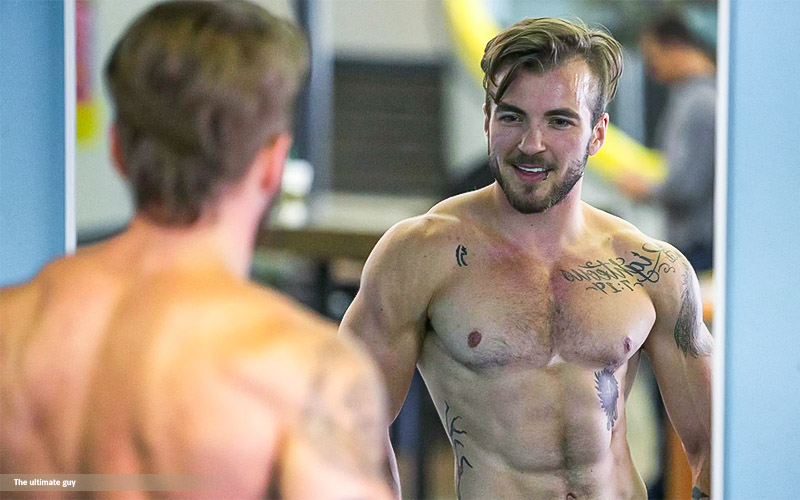
Aydian also started a group called Point of Pride. It gives free chest binders and surgeries. He is not afraid to share his journey. And, speaks out at schools, shares his story online, and tells young people, “you are enough”. His message is about more than enough. He teaches trans people to feel good in their own skin.
8. Schuyler Bailar (b. 1996)
Schuyler Bailar is a Korean-American swimmer and trailblazer in trans sport history. In 2015, he became the first openly transgender athlete. He participated in the NCAA Division 1 men’s team. Initially, Bailar was recruited to Harvard’s women’s team. After transitioning, he chose to swim with men.
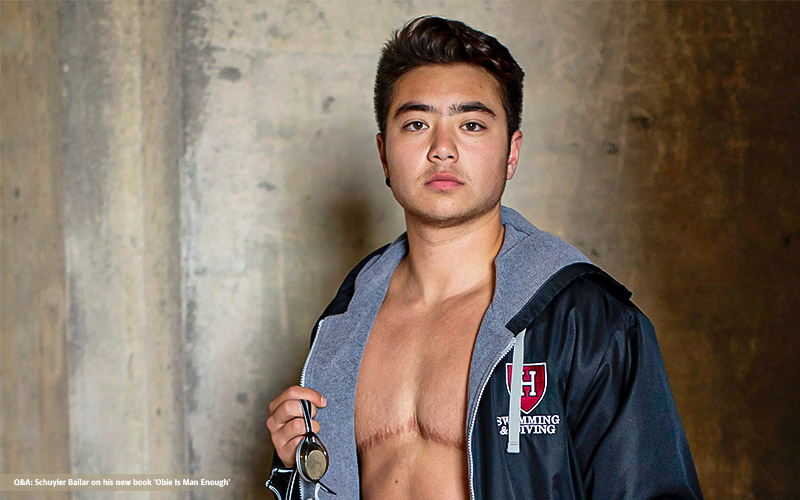
His decision to compete with men made headlines. Bailar has since become a prominent speaker, author, and advocate for trans inclusion in sports. He addresses issues around gender, race, and body image. Bailar has opened doors for many trans athletes to participate in various sports.
In his memoir, He/She/They, Bailar writes, “living authentically is not always easy, but it is always worth it”. This is an example of how he uses his experience to inspire others. Today, he is a role model for trans youth around the world. Bailar remains a powerful rebuttal to those who seek to remove trans athletes from competitions.
Conclusion
These great men have shown courage, resilience, and brilliance from medical pioneers, legal scholars, celebrities, to athletes. We have seen them reshape the world. They did it not just for themselves, but for all of us. Their beliefs have advanced the cause of human rights. These men have laid a foundation for public understanding and inclusion.
Today, remembering these pioneers isn’t just about honoring history. It’s about continuing the work they began. We have seen anti-trans policies rise in some parts of the world. And trans lives remain under threat. It’s time we look back at history and remember these men and what they went through. Let us support trans voices, especially those of us who are still fighting to be seen.
We owe these trailblazers our attention and gratitude as we commit to carrying the torch forward. The truth is, the journey towards equality is far from over, but the path is now clearer.

 Basic Packers
Basic Packers Pack & Play
Pack & Play STP
STP
